Life, Death, & The Sefirot: FFVII’s History & Remake’s Future in a New Symbol of Reunion
by X-SOLDIER June 29, 2020 0 commentsStarman, Sefirot, & Cult Sci-Fi – Inspirations for Final Fantasy VII
Identity Crises: A Being Both Human & Alien, Focused on the Twisted & Spiritual
The character of Ziggy Stardust is an androgynous, omnisexual alien rock star from an unspecified planet, sent to deliver the message that Earth had five years left to survive, due to a lack of natural resources. He wins the hearts of teens, scares parents, and seduces everyone. As a result, the Earth’s youth become obsessed with rock ‘n’ roll music and see Ziggy Stardust as a prophet, who eventually dies a victim of his own fame being torn apart by black holes on stage – reflecting Bowie’s own fear of being killed on stage. Bowie builds on these conceptual thematic arcs continually in the iterations of his following personas, which also grow darker over that time as his drug use increased, hence why Aladdin Sane’s name is an intentional derivation of, “a lad insane.”
After fully retiring the performance personas of Ziggy Stardust & Aladdin Sane, in 1976, Bowie had a period of a fascination with the occult & adopted the persona of a rather fascist character known as the Thin White Duke, described as, “ice masquerading as fire”, “a mad aristocrat”, “an amoral zombie”, and “an emotionless Aryan superman“. In the song Station to Station where he directly mentions this persona of the Thin White Duke by name, the song’s lyrics also speak about life as the mystical flow of energy through the Sefirot in the line, “Here are we, one magical movement from Keter to Malkhut.”
This is a lyric that I stumbled upon while looking into Final Fantasy VII‘s use of the Sefirot, and immediately remembered the North Crater Bowie cover band. From there, I worked my way back in order to learn more about those strange enemies, and in so doing discovered just how deeply detailed & nuanced that reference was. Bowie’s influences on Final Fantasy VII‘s creators during this period of the 1970s were notable enough to include the Ziggy & Christopher reference at all – but especially where they were placed. You encounter this duo only near the start of the party’s final journey to fulfil the role of Malkhut to free the Divine Light of Creation in Holy, ultimately ending with a final battle between its protagonist & antagonist held in a state of superconsciousness associated with Keter – the only two aspects of the Sefirot mentioned in Bowie’s song – and where the crazed antagonist Sephiroth derives his name directly from: the Sefirot itself.
Given that level of detail, I focused even more closely on the last of Bowie’s more violent & fascist alien madman persona who was obsessed with magic derived from occult interpretations of the Kabbalist Sefirot’s spiritual energy system – and I was not at all prepared for just how much incredibly specific & extremely detailed information I found that connected directly to the game I was so familiar with. There is a huge amount of context about the mindsets & media that originally influenced the writers of Final Fantasy VII – and those same perspectives are being expanded upon in significant depth for Remake. This is why expanding on such an otherwise dismissible little easter-egg-level reference in this case happened to give a deeper level of perspective that helps in appreciating both the original and Remake.
From Rock Opera Concept Albums to Cult Status on the Silver Screen
Notably, like how Aladdin Sane was a transformation of Ziggy Stardust, Bowie’s performance persona of the Thin White Duke was derived from the character he plays in his first starring role in the 1976 science fiction film, The Man Who Fell to Earth. The film connects important themes during the 70s era of rapidly growing corporate globalization, environmental protection activism, & struggles with personal identity. The film also featured musical contributions from the Japanese composer Sutomu Yamash’ta – who was known for fusing traditional Japanese percussive music with Western Prog Rock music. The sci-fi film wasn’t a huge success but it quickly achieved a cult status, which has all the elements for making it a perfectly obscure, but deeply meaningful piece of science fiction to this generation. This is exactly the type of pivotal Western media influence in Japan, where references to it would go unnoticed to any mainstream audiences, but have a deeply important influence on how its writers designed the story.
In the film, Bowie plays the main character, Thomas Jerome Newton –an alien, disguised as a human, whose home planet is in a state of catastrophic drought. He comes to Earth in an attempt to bring water back to his world, where he’ll be able to reunite with his family – who he had to leave behind on his mission. He can’t connect with them, but they are able to see him from the radio waves that Earth is broadcasting out into the cosmos. When he’s appearing as a human, he’s very thin with an incredibly pale complexion. The film’s opening few minutes show an object falling from space, and then he’s seen wandering about in a black hooded garb through a small western-style town in New Mexico.
Even just at the opening, you can feel the inspiration for the tiny town of Nibelheim where a cowboy-hat-wearing Tifa once lived, where eventually it would be filled with mysterious, shuffling, black-hooded beings – not quite alien & not quite human, all murmuring of an awaited familial reunion. The opening perfectly sets up for drawing a thematic connection to another crashing alien visitor from John Carpenter’s The Thing, with one being a sinister and totally alien shapeshifter, and the other someone who’s trying to live amongst humans while slowly losing his grip on sanity. Those two combined concepts have the precise pop-cultural framework to inform the ideas that brought about Jenova & Sephiroth … but that’s far from all The Man Who Fell to Earth has to offer for familiar connections to Final Fantasy VII.
Abstract Emotional Struggles + Clear Science Fiction Themes
Bowie’s character uses his advanced alien knowledge to be responsible for the sudden emergence of a single, massive, global-spanning technology-based mega corporation, with his aim to build a spacecraft & transport water back to his world. However, while he attempts to hide himself from the fame and spotlight that’s being placed upon him, he nonetheless becomes enthralled with his experiences on Earth. He stops drinking just water and begins consuming alcohol while pursuing physical pleasures, slowly becoming more and more mentally unhinged. He starts feeling things like television as presences in his mind causing him confusion. Other times he witnesses flashes of people from the past who have long been dead when he’s being driven about.
There are quotes in the film about wishing for encounters with gods from outer space & comparing the path of life to the one travelled by a train. There are scenes of Bowie’s character sensing the lives and activities of humans he’s interested in across time & space, as well as performing illusory projections of his hooded self into their minds causing them to see him long enough to deliver a message, and vanish afterwards like a hallucination. When his true alien appearance is revealed – his eyes are all yellow with unnervingly inhuman slitted pupils, replacing Bowie’s own very identifiable & unique eyes from anisocoria. Revealing the truth about his alien nature results in rejection from those he believed he could trust. Eventually he’s captured and subjected to tests, interrogation, & experimentation. In the end, fully succumbing to his own selfish desires & growing violent urges … never returning to the world he once intended to save. Abandoning his altruistic intentions – allowing his home planet to die – just to fulfil his own selfish desires of living out a future where he has everything he wants on a different world … which ultimately bring him only pain & loss.
The Blurred Lines Between Painful Reality & Narrative Fantasy
The story arc of the film also very closely matches up with the real-life events of Bowie’s struggle with drug addiction happening at the same time. After this, Bowie moved from L.A. to West Berlin where he recorded his album Low in 1977 while trying to recover from his cocaine addiction – and where he quietly retired the persona of the Thin White Duke. This series of developments give those themes an even more significant weight to fans of his media during that developmental period. As the character Ziggy & as the performer David Bowie, he was a rock star and a hero to those youth. His alien crisis of identity, obsession with the occult, & drug abuse had been gradually bringing out a dark and less recognizable side of both the artist & his performance personas over a period of 5 years. In Final Fantasy VII we learn that Sephiroth, the legendary war hero who inspired a young Cloud to leave home and join SOLDIER, had his legacy preserved by Shinra, who covered up the Nibelheim incident. They publicly reported him as dead, so that by the time Cloud & Aerith met and mentioned him 5 years later, most people had no idea that he’d actually gone insane, destroyed an entire town, and transformed into an alien megalomaniacal monster.
All of these concepts from the film are explored in Final Fantasy VII, and even Jenova being referred to in the game as “The calamity from the skies” seems to be a dual reference to both The Thing and The Man Who Fell to Earth, in a way to link both alien concepts together. Shinra’s a globally pervasive mega corporation with ties to research & experimentation on extraterrestrial life that’s enabling their enhanced technological & fascist control of the Planet. The world-destroying impacts of abusing natural resources bringing about an apocalypse also are the game’s core themes. It features Jenova as a god-like entity descending from space. There are numerous lines of dialogue in Midgar that are poetic commentary about the confines of life related to trains. Cloaked figures with fading sanity, mystery illnesses, & hallucinations from characters injected with alien cells having doubts about who they really are. Commentary about the changes from alien experimentation resulting in unique eyes for SOLDIER. Mental projections between alien beings and humans across time & space. A half-alien character with slitted pupils caught in the middle of it all, slowly losing his sanity the more things he learns, before hitting a breaking point & succumbing to violence, ignoring the needs of all he once considered family – all to fuel his own personal ends at the expense of an entire world … which still never gets him the thing that he really wants, or what he really needs.
The Perfect Balanced Framework for Final Fantasy VII
It’s now quite clear why we’d see this very detailed inspiration to David Bowie’s earlier alien characters only when we’re on the way to finally meet the Final Fantasy VII‘s next dark evolution of the Thin White Duke himself – The Black-Caped Man. How Bowie explored these things conceptually in music and film but also experienced them literally in the 1970s helped to make strong parallels for portrayed elements of science fiction, when Final Fantasy VII moved out of the classic fantasy setting. It also ensured that this new fantasy story closely matched with reality, while also being a mix of Japanese & Western cultures, that touched on important themes of life, death, & personal psychological struggles. This deeply integrated approach is what helps to ground Final Fantasy VII‘s fictional elements in something that feels genuine in its own unique exploration of themes of global apocalypse by resource depletion, fascist military mega corporations, experimenting on extraterrestrial gods, occult interpretations of religious elements & spiritual magic, but especially the crises of mental health tied to both personal identity & existential madness, closely connected to familial loss.
This level of understanding is key to the intersection of how Final Fantasy VII balances its critically important emotional concepts about life & death – by tying together the conceptual & fantastic with counterparts in the physical & real. The ephemeral concepts of the Lifestream’s energy are coalesced to form tangible Materia. The intangible knowledge & memories of the dead are a physical source of magic. The “spirit energy” is ultimately able to be understood as the same type of “energy” that’s sucked out of the earth & burned away to keep the lights running at the expense of the world itself. This matches the idea of the life of the planet with the life of a living creature. This informed how Shinra’s mad science experiments to create superhuman SOLDIERs utilizing Jenova’s alien cellular regenerative capabilities are connected to a Reunion that is able to transcend those very physical science fiction ideas seamlessly back into a world of magical energy & ethical spirituality – and ultimately those to a metaphysical concept of the Promised Land. It’s how that was used as the foundation for the game’s story about survival, which also contains a deeply compelling conflict that’s driven by an androgynously featured former hero, whose motivations begin at the cusp of deeply discomforting themes about humanity & personal identity and then spiral into an ultimately tragic representation of what it’s like to experience losing oneself to madness & violence. This particular perspective on Sephiroth’s character seems to be re-emphasized and detailed even more heavily in Remake.
The system that it relies on as the invisible backbone for literally ALL of this is the one Bowie sang out – the Sefirot. Now we can use that understanding of how this system itself is intrinsically connected to everything about the game’s central antagonist, Sephiroth, to reach a more concrete understanding of just how tightly integrated these elements are woven into the fabric of everything Final Fantasy VII to give us a way to look at the elements it uses to deliver its themes. Then, we can use that understanding to peel things back and look at the core framework of what Remake is presenting in what would otherwise be heavily obscured thematic & symbolic representations.
Onward to: Sephiroth & the Sefirot within the Original Game

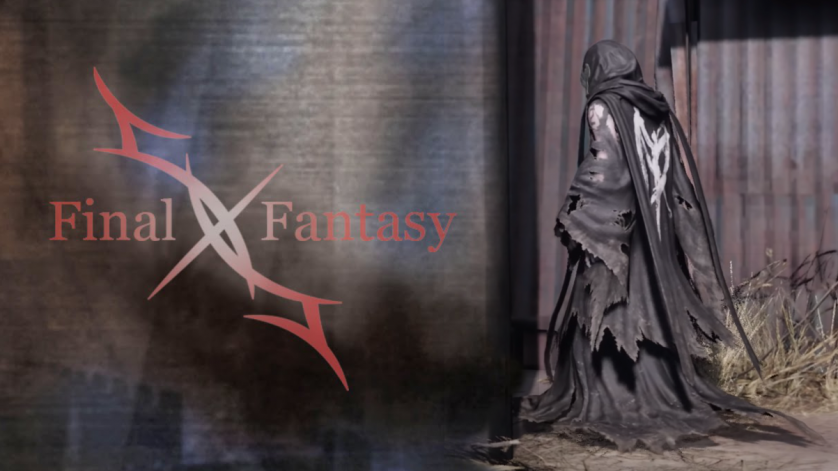

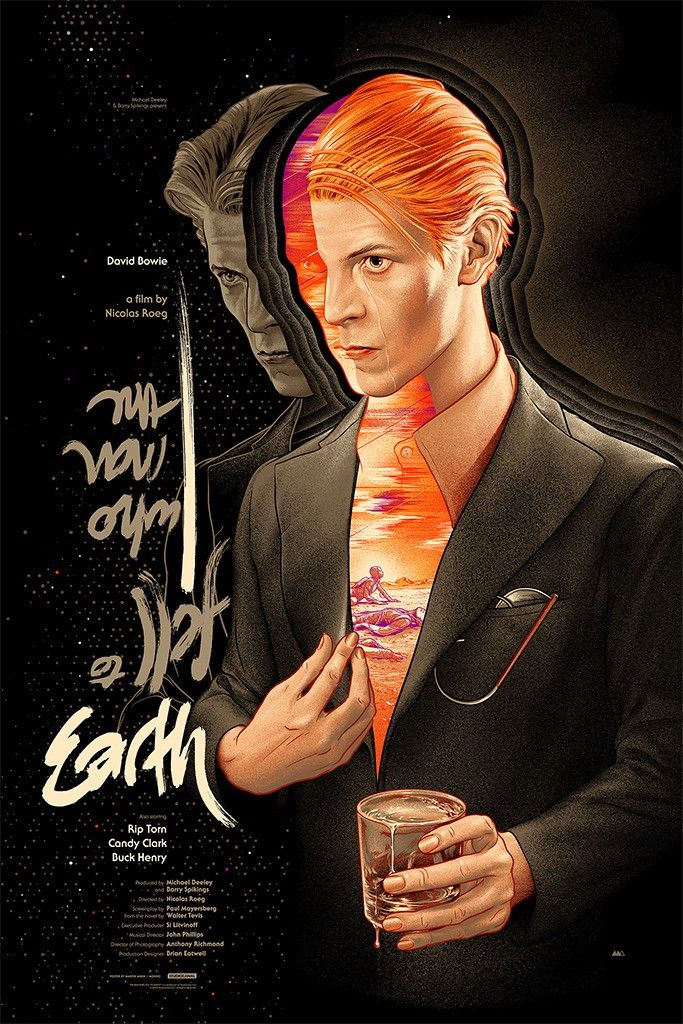

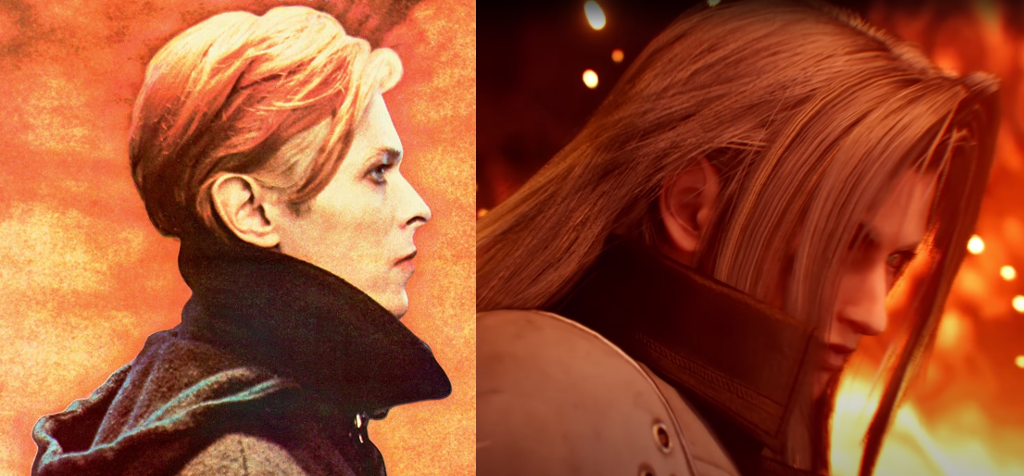
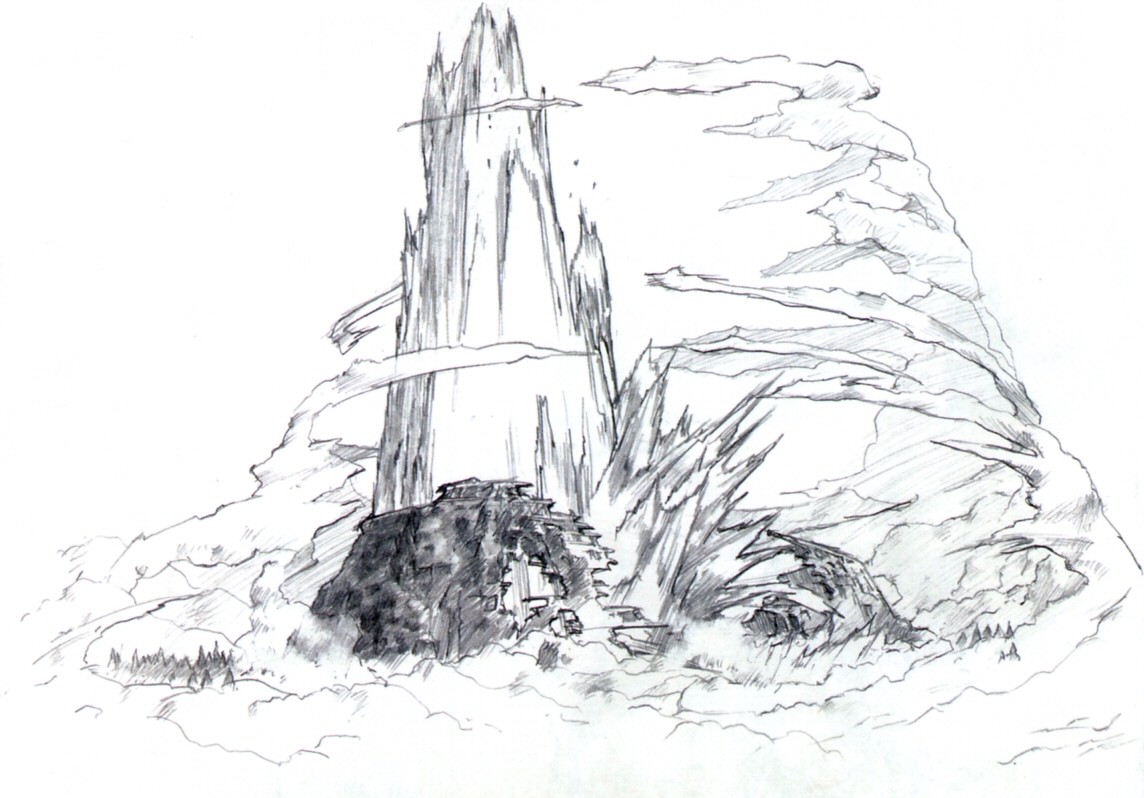
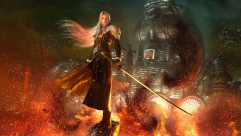
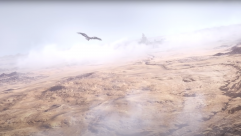
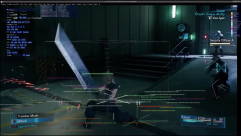

No comments yet
Log in or Register
This is absolutely incredible and I’m sharing it everywhere. Great work X- Soldier.
I’m really glad that you appreciated it, and thanks much for sharing it as well, Schrodingersbabyseal! Hope ya have a good weekend!
Very impressive article as alwyas X-Soldier. Tbh, I still don’t like the whole concept of fate and the meta elements for how overbearing they are. The whispers, specifically, are insanely invasive and not subtle at all. Nonetheless, this was a very interesting read and I especially enjoyed your interpretation of the perspectives of Cloud, Aerith and Sephiroth for the upcoming parts.
Thanks much, X7Strife. Honestly, I felt exactly the same way about them at first, but the more time I’ve spent looking at them, thinking about the original game, and considering what Remake means to the team who’s actually doing it, the more I’ve come to really appreciate what they mean to the story itself. They feel more valuable and less like some slapped on addition to make things new like they did at first.
Fate seems like an odd thing to examine at first, but when you’re talking about life & death… it’s an even more odd thing to ignore. It’s invasive because that’s what it’d be like going back & reliving events you want to change with your whole being, but not being able to. I can’t guarantee that they’ll nail the execution once it’s all said & done, but at this point I feel very confident in what they’re presenting with them & why.
Personally, I’ve found that it’s best not to think of the Whispers as being purely meta concepts – even though they do also serve that purpose in Remake. It helps a lot to view them just like the Planet’s other existing spiritual defense mechanisms like the Weapons & Materia. In the original game they would have been completely invisible to us, since that game just follows the Sefirot’s paths, rather than knowing things about the paths in order to try deviating from them. Everything about what they are matches with the original game in their overt physical presentation, as Final Fantasy VII has never been subtle with the presentation its spiritual concepts once you know what you’re looking at, which is what I wanted to do a lot of in this article.
There’re actually a lot of ways that the Whispers have already been adhering to the in-world mechanics with the the Planet & Shinra’s Science experiments, too. Despite being new and feeling a bit strange, they’re still perfectly aligned with spiritual core of Final Fantasy VII, as well as a lot of the in-game lore as well. I briefly mentioned some of that on Page 7 (in the bit about Stroke II) that I’ve been planning on breaking those things down in a future article, and this is all sort of why I wanted to cover these things first before poking around at some things about the Whispers from a purely in-game-world perspective.
I hope that whenever I get to dive into a bit more detail on them from that perspective that maybe that’ll help ya find them a bit more appealing & less invasive. Either way, I’m glad that you found some things to enjoy from all of this despite not being to hot on the Whispers! Have a good week!
Thank you for this thoroughly researched article!
I’d seen the joke(?) before that David Bowie is in every video game, but this really spells it out as far as Sephiroth. I could never quite get into Bowie’s art rock but now I want to see “The Man Who Fell to Earth”!
I wonder if Seph’s silhouette (fashion-wise) was also inspired by Bowie’s dress + boots for the cover of “The Man Who Sold the World”?
Glad to’ve provided it!
I saw a lot of those while I was doing research, and it was amusing that I was adding yet another example to that list. “The Man Who Fell to Earth” is quite an abstract Sci-Fi film and there’s a ton of nudity in it, but it’s SO very interesting looking at it as something with links to the themes in Final Fantasy VII.
I think that Sakaguchi had some input about Sephiroth’s & Aerith’s designs (they have similar hair because they were initially going to be siblings in the game), but I wouldn’t be too surprised if there were even more Bowie influences than I managed to pick up. 😀
I have to be honest: I did cry in the end.
I’m very sorry for your loss, but knowing that this is what ultimately allowed you to understand more deeply the authors’ intentions and feelings about where they want us to go in the game is inspiring to me. Making us reflect on life, death and our memories, once again, would be the greatest gift they could give us. I really hope you’re right.
It’s amazing what you’ve managed to do. Thank you.
That means a lot to me, so thanks so very much for taking the time to let me know. I did cry several times over the course of doing research & writing this. Additionally, I just learned over the weekend that another friend of mine passed away unexpectedly – and having just written all of this really helped me a lot in processing that, too. I’m working on a semi-companion piece to this one that covers some different but related topics, so I’m hoping it’ll be just as insightful.
Again, thanks for reading through this and letting me know, & I hope that you have a really wondering week!
I haven’t even finished reading this and my mind is already blown. I’ve also been reading the unused dialogues from the OG and man does it give a lot of insight into some of the way remake was done. At least in my opinion. FF7 is my favorite game/story of all time and deep diving into understanding it has been a passion since remake was released. Thank you so much for all this research and concise explanation. I wish i had a friend like you to talk to about all this ff7 passionate stuff, no one around me GETS it.
There was an interview with Kitase in Famitsu that got translated today, and it loosely touched on a couple things I mentioned here in ways that were super satisfying.
I’m glad that you’re enjoying it so far & hope that it carries on with you to the end! I’m slowly working on more, so hopefully that’ll help! It’s a passion that I deeply enjoy, so thanks for taking the time to read & provide extra encouragement for doing this sort of thing!
Hello X-SOLDIER!
I finished the original FF VII a couple of days ago and was really impressed by story, characters and themes of the game and I want to understand more. Unfortunately, I can’t play the Remake right now and I wanted to ask if your whole article has Remake spoilers or I can read some early pages. Or maybe there is some other good article with in-depth analysis of the original game?
Heya literious! I’d very much recommend steering clear of this one for now. There are definitely little bits and pieces of Remake-related information scattered throughout, since the symbol that it’s focused on only appears in Remake.
Really glad that you finished the original though, and you’re more than welcome ta join us on the forums to chat about things there!
In some translations Netzah is pronounced more like Netzach…which would be interesting, since Netzah is broken off from the tree. Remake could be attempting to reestablish his presence.
Just amazing, i’m looking forward for your next analysis!
You bring so much to fans of ffvii like me
thanks and thanks again